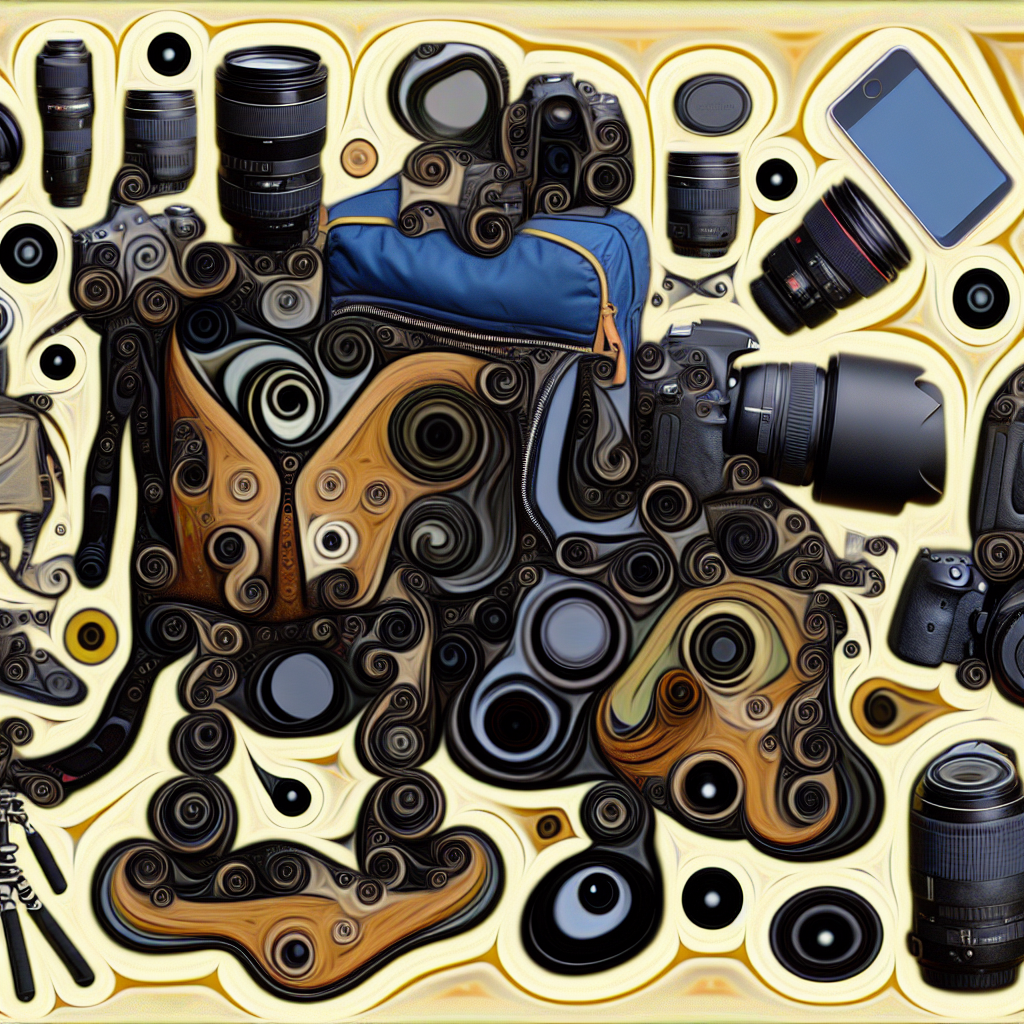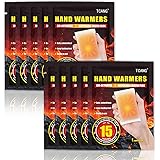-
Table of Contents
The Ultimate Guide to Traveling with Camera Gear: Capture the World, Hassle-Free.
Essential Camera Gear for Travel Photography
Traveling with camera gear can be a daunting task, especially if you’re not sure what equipment to bring. As a travel photographer, having the right gear is essential to capturing those breathtaking moments and creating stunning images. In this section, we will discuss the essential camera gear you should consider bringing on your next adventure.
First and foremost, a reliable camera body is crucial. Whether you prefer a DSLR or a mirrorless camera, make sure it is capable of capturing high-quality images. Look for a camera with a good sensor, high resolution, and excellent low-light performance. Additionally, consider the size and weight of the camera, as you’ll be carrying it around for extended periods.
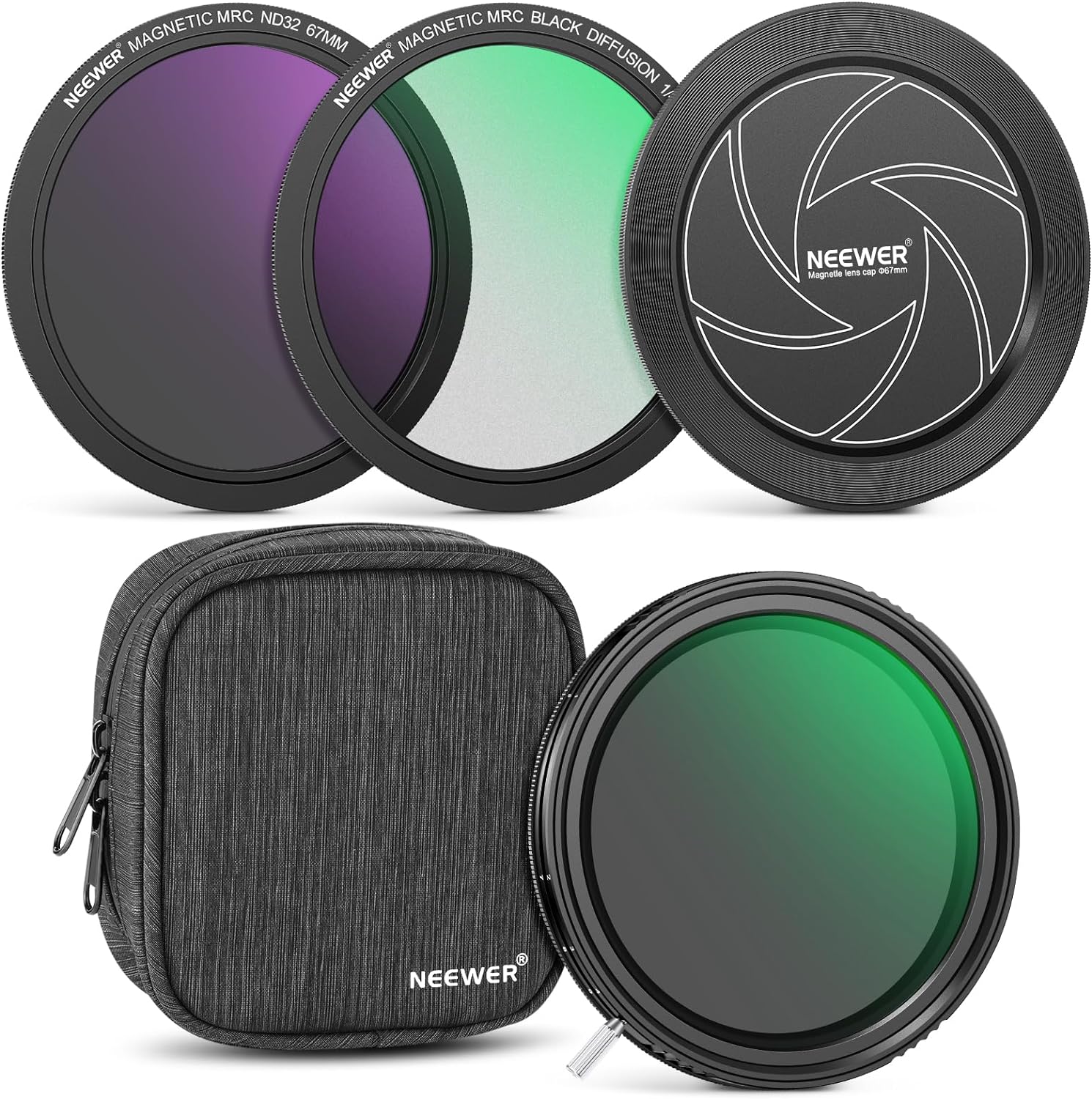
2 in 1 Variable ND2-ND32&CPL(Circular Polarizing)+ND32+Black Diffusion 1/4 Filter Set with Lens Cap, Water Repellent Bag
Next, invest in a versatile lens. A zoom lens with a wide focal range, such as 24-70mm or 18-135mm, is ideal for travel photography. It allows you to capture a variety of subjects, from landscapes to portraits, without the need to carry multiple lenses. However, if you have specific photography interests, such as wildlife or macro photography, consider bringing specialized lenses to cater to those needs.
To ensure your camera is always ready for action, pack extra batteries and memory cards. Traveling often means being away from power sources for extended periods, so having spare batteries is essential. Memory cards, on the other hand, provide ample storage space for your photos. Opt for high-capacity cards to avoid running out of space during your travels.
In addition to the camera and lens, a sturdy tripod is a must-have accessory for travel photography. It allows you to capture long exposures, sharp images in low light, and even take self-portraits. Look for a lightweight and compact tripod that can be easily carried in your backpack without adding too much weight.
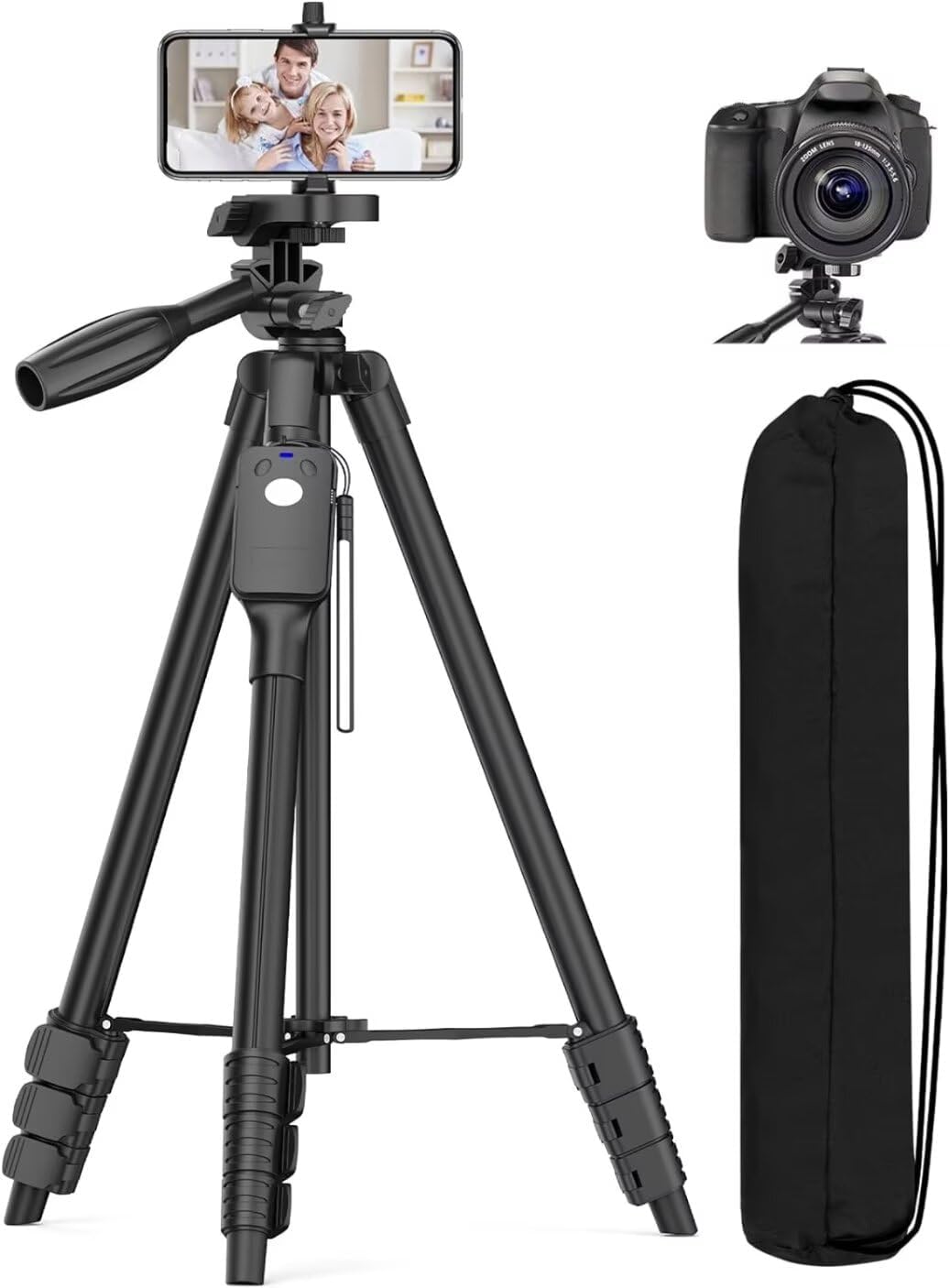
Cell Phone Tripod with Remote,Professional Aluminum Portable Tripod Stand with Phone Tripod Mount
To protect your camera gear from the elements, invest in a good quality camera bag. Look for a bag that is not only durable but also offers ample padding and compartments to keep your equipment safe and organized. Consider a bag that is weather-resistant to protect your gear from rain or dust.
Another essential accessory for travel photography is a remote shutter release. This small device allows you to trigger your camera without physically touching it, reducing the risk of camera shake. It is particularly useful for long exposures or self-portraits where you want to be in the frame.
Lastly, don’t forget about cleaning supplies for your camera gear. Dust and dirt can easily accumulate during your travels, affecting the quality of your images. Carry a lens cleaning kit with a microfiber cloth, lens cleaning solution, and a blower brush to keep your gear in top condition.
In conclusion, when it comes to traveling with camera gear, having the right equipment is crucial for capturing stunning images. Invest in a reliable camera body, a versatile lens, and don’t forget about extra batteries and memory cards. A sturdy tripod, a protective camera bag, a remote shutter release, and cleaning supplies are also essential accessories to consider. By packing these essential camera gear items, you’ll be well-prepared to capture the beauty of your travel destinations and create lasting memories.
Tips for Protecting and Safely Transporting Camera Equipment
Traveling with camera gear can be a nerve-wracking experience, especially if you have invested a significant amount of money in your equipment. However, with the right precautions and a little bit of planning, you can ensure that your camera gear remains safe and protected throughout your journey. In this section, we will provide you with some valuable tips for protecting and safely transporting your camera equipment.
First and foremost, it is crucial to invest in a high-quality camera bag or case. Look for a bag that is specifically designed for camera gear, with padded compartments and dividers to keep your equipment secure and protected. Additionally, consider a bag that is weather-resistant or comes with a rain cover, as you never know when you might encounter unexpected weather conditions during your travels.
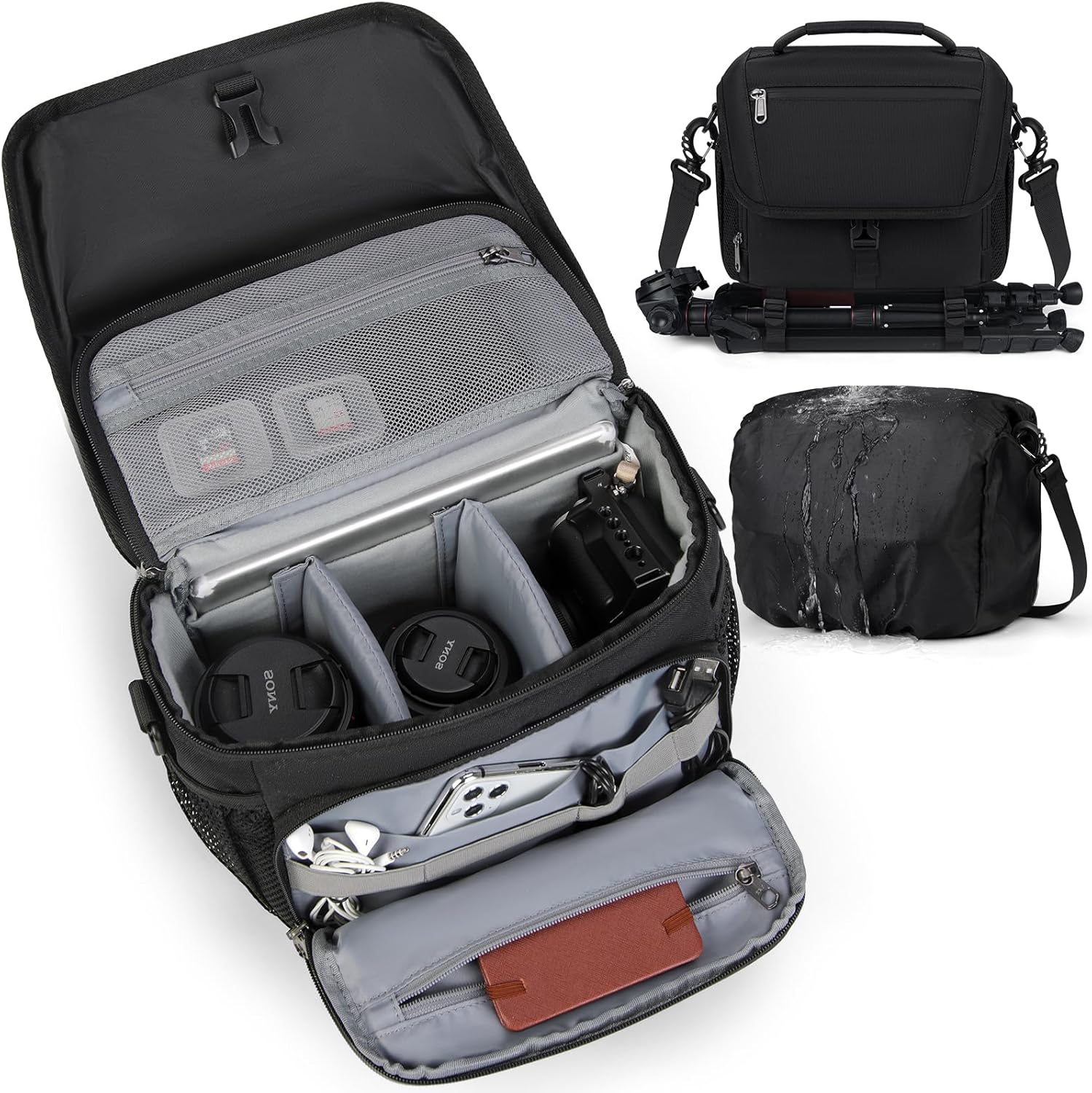
DSLR/SLR/Mirrorless Camera Case with Tripod Holder Waterproof Camera Sling Bag Crossbody Camera Bags for Photographers with Rain Cover for Canon/Nikon/Sony/Fuji, Black
When packing your camera gear, make sure to remove any batteries from your devices and store them separately. This will prevent any accidental power drain or damage that may occur during transportation. It is also advisable to carry spare batteries and memory cards in a separate case, so you always have backups readily available.
To further protect your camera gear, consider investing in protective filters for your lenses. These filters not only enhance the quality of your photographs but also act as a barrier against dust, scratches, and accidental impacts. Additionally, always use lens caps and camera body caps when your equipment is not in use to prevent any damage to the delicate lens elements or camera sensors.
When traveling by air, it is essential to carry your camera gear as carry-on luggage rather than checking it in. This way, you can keep a close eye on your equipment and ensure that it is handled with care. Most airlines allow a carry-on bag and a personal item, so make sure to check the specific size and weight restrictions for your chosen airline to avoid any last-minute surprises.
If you are traveling to a destination with extreme weather conditions, such as extreme heat or cold, it is crucial to acclimate your camera gear gradually. Sudden temperature changes can cause condensation to form inside your lenses and camera body, potentially damaging the internal components. To avoid this, place your camera gear in a sealed plastic bag before entering a different temperature zone and allow it to adjust gradually to the new conditions.
Another important tip is to always be mindful of your surroundings and keep a close eye on your camera gear, especially in crowded or unfamiliar places. Consider using a camera strap that can be worn across your body, as it provides an extra layer of security and prevents accidental drops or theft.
Lastly, it is advisable to have your camera gear insured before embarking on your travels. Camera equipment can be expensive to repair or replace, and having insurance coverage will provide you with peace of mind in case of any unforeseen accidents or theft.
In conclusion, protecting and safely transporting your camera gear while traveling is essential to ensure that your equipment remains in optimal condition. By investing in a high-quality camera bag, using protective filters, carrying your gear as carry-on luggage, acclimating to extreme weather conditions, being mindful of your surroundings, and having insurance coverage, you can enjoy your travels without worrying about the safety of your camera gear.
Best Practices for Capturing Stunning Travel Photos
Traveling with camera gear can be a daunting task, especially if you want to capture stunning travel photos. However, with the right knowledge and preparation, you can ensure that your camera gear is safe and ready to capture those breathtaking moments. In this section, we will discuss the best practices for traveling with camera gear to help you make the most of your travel photography experience.
First and foremost, it is crucial to invest in a high-quality camera bag or backpack that is specifically designed for carrying camera gear. Look for a bag that offers ample padding and compartments to protect your equipment from any potential damage. Additionally, consider a bag that is weather-resistant to protect your gear from rain or other adverse conditions.
When packing your camera gear, it is essential to prioritize the items you will need the most. Start by packing your camera body and your most versatile lens. These two items will allow you to capture a wide range of shots without weighing you down. Additionally, pack extra memory cards and batteries to ensure that you never miss a shot due to lack of storage or power.
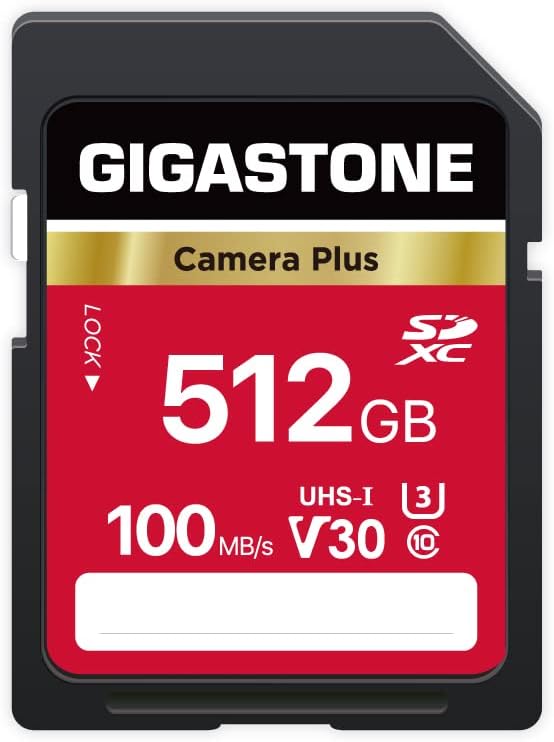
Camera Plus, V30 U3 SDXC Memory Card High Speed UHD Video Compatible with Canon Nikon Sony Pentax Kodak Olympus Panasonic Digital Camera, with 1 Mini case
Another important aspect of traveling with camera gear is ensuring that it is properly insured. Camera equipment can be expensive, and accidents can happen. Look into insurance options that cover theft, damage, and loss. This will provide you with peace of mind knowing that your investment is protected.
When traveling, it is also crucial to be mindful of the local customs and regulations regarding photography. Some countries may have restrictions on certain types of photography or require permits for professional equipment. Research the destination beforehand to avoid any legal issues or conflicts.
In terms of transportation, it is advisable to carry your camera gear as a carry-on rather than checking it in. This way, you can keep an eye on your equipment and ensure that it is handled with care. Additionally, if you are traveling by air, be aware of the airline’s policies regarding carry-on size and weight restrictions. It is always a good idea to check with the airline in advance to avoid any surprises at the airport.
Once you have arrived at your destination, it is essential to take care of your camera gear. Avoid exposing it to extreme temperatures or humidity, as this can damage the equipment. Use lens caps and filters to protect your lenses from dust and scratches. Additionally, consider investing in a portable tripod to stabilize your shots and reduce camera shake.
When out and about, be mindful of your surroundings and keep an eye on your gear at all times. Unfortunately, camera theft is a common occurrence in tourist areas. Use a secure strap to keep your camera close to you and avoid leaving it unattended.
Lastly, don’t forget to enjoy the experience of traveling and capturing stunning photos. Take the time to explore your surroundings, interact with locals, and immerse yourself in the culture. Remember, the best travel photos are often the ones that tell a story and evoke emotions.
In conclusion, traveling with camera gear requires careful planning and preparation. By investing in a high-quality camera bag, prioritizing essential items, insuring your equipment, and being mindful of local regulations, you can ensure that your camera gear is safe and ready to capture stunning travel photos. Remember to take care of your gear, be mindful of your surroundings, and most importantly, enjoy the journey. Happy travels and happy shooting!
Conclusion
In conclusion, The Ultimate Guide to Traveling with Camera Gear provides valuable information and tips for photographers who wish to travel with their equipment. It covers various aspects such as packing, transportation, security, and maintenance, ensuring that photographers can safely and efficiently carry their camera gear while on the go. This comprehensive guide is a must-read for any photographer looking to capture stunning images while traveling.
